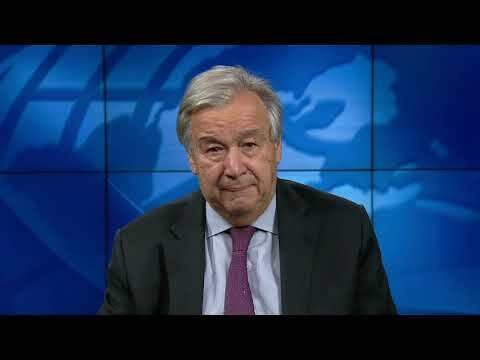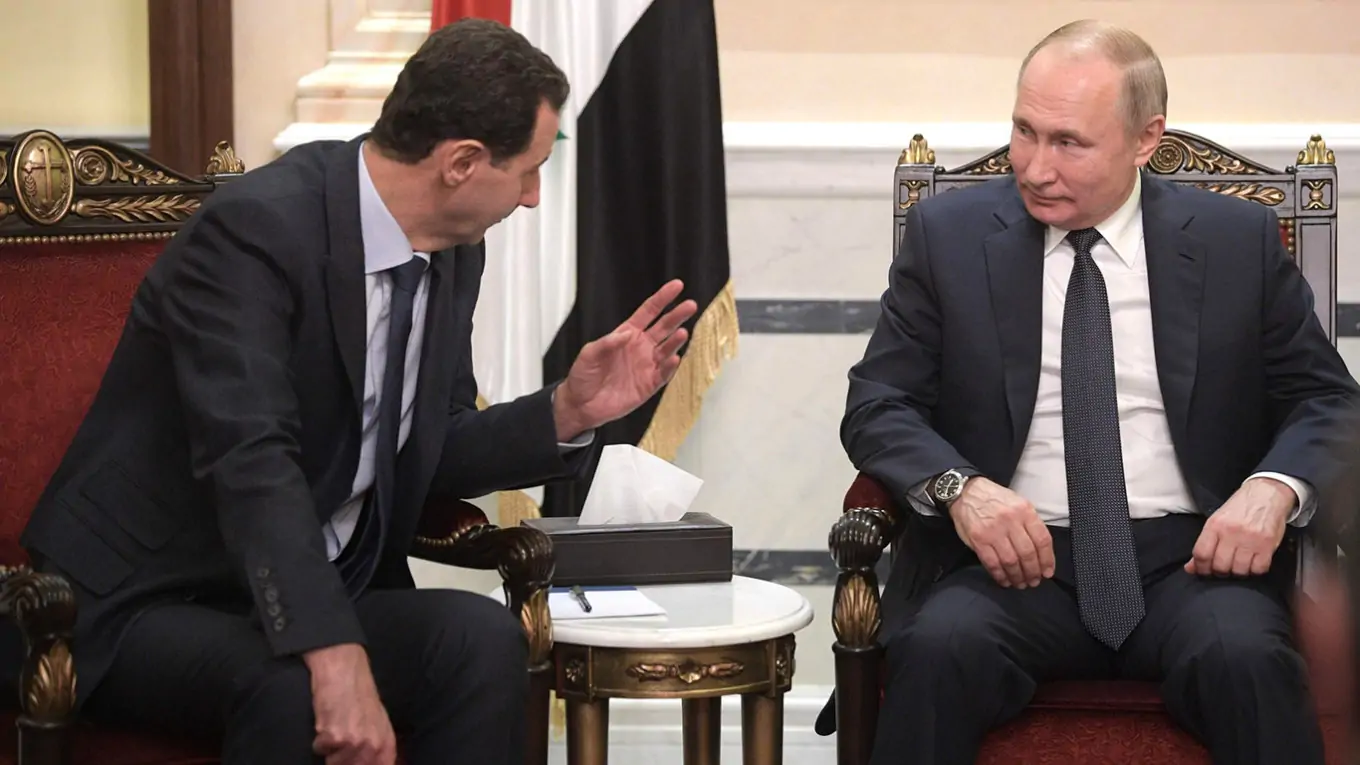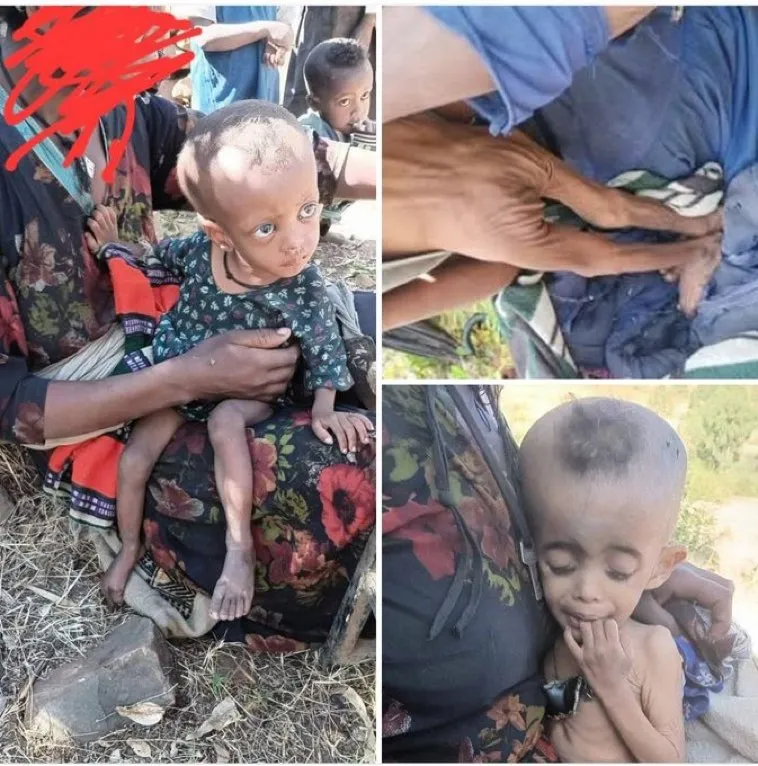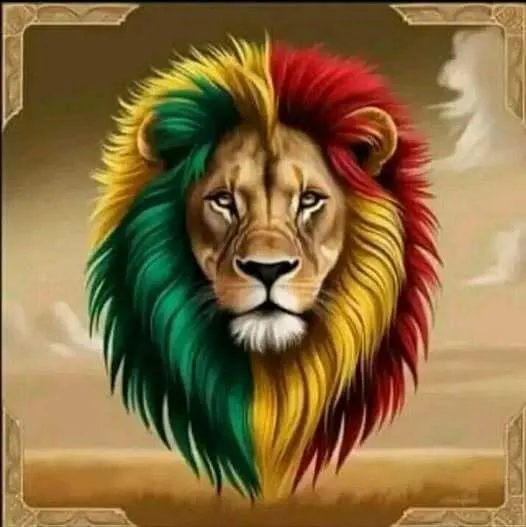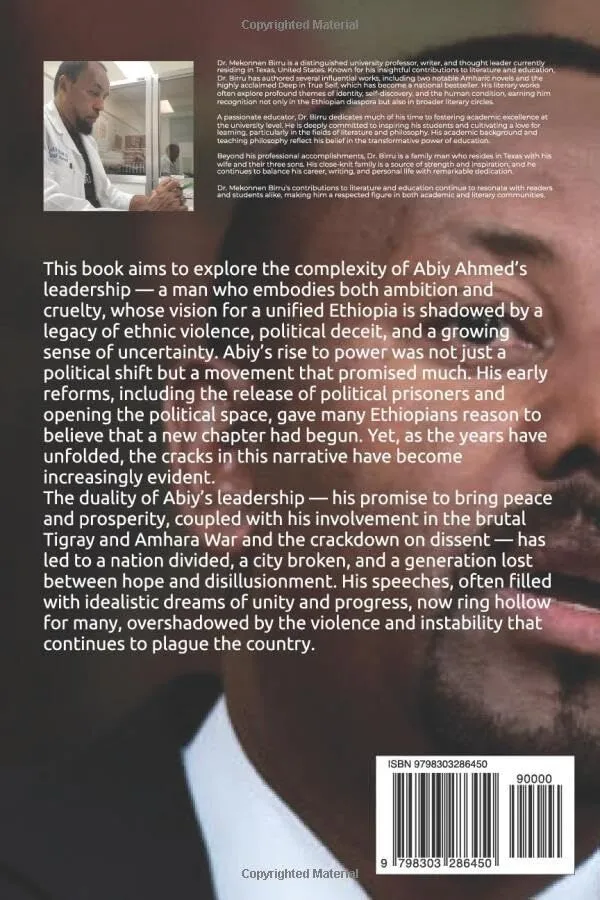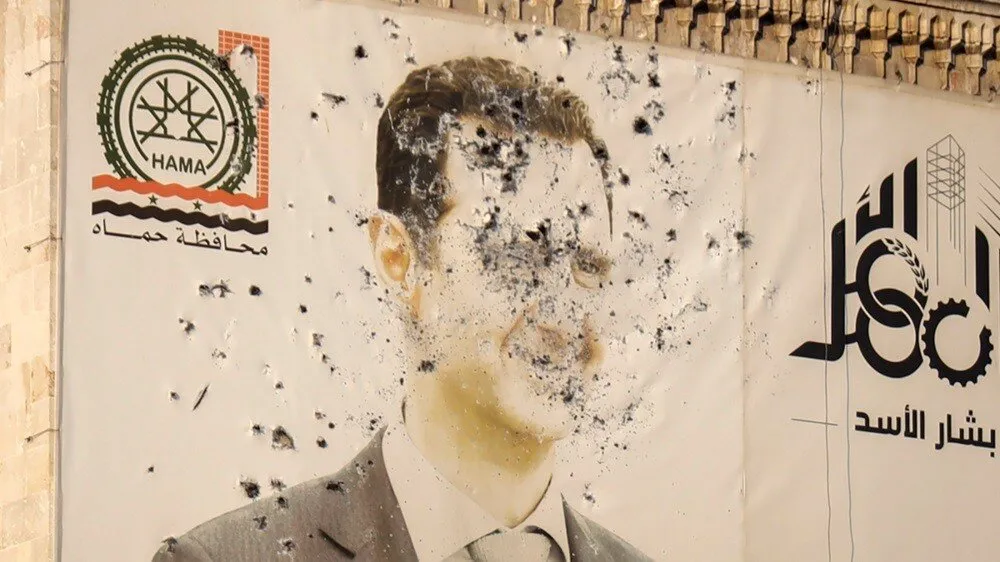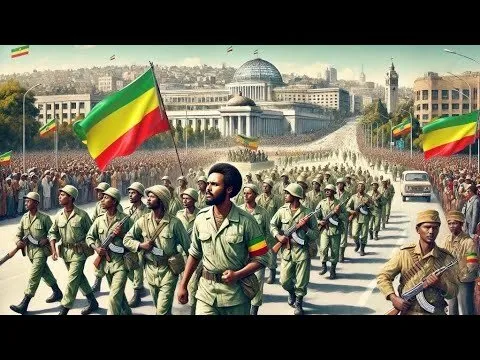Amharas are a Semitic-speaking ethnic group traditionally inhabiting parts of the northwest Highlands of Ethiopia, particularly in the Amhara Region, and are native to Ethiopia. They are rich in culture and said to be culturally dominant throughout the country but have not held political power for more than 50 years. Today, the Amhara people are constantly murdered in the most inhuman way. It’s crucial to note that the Amhara genocide has been present systematically for more than 27 years. However, this article will focus on the Amhara genocide in the present days of Ethiopia, which to be specific began in June of 2020.
The recent attacks against Amharas began after an Oromo singer Hachalu Hundesa was shot & killed in June. Hours after the death of Hachalu, hate speeches against non-Oromos (specially Amharas) began to spread on social media platforms such as from all over the world. Oromo nationalists blamed Amharas for his death. This led to the shutting down of networks throughout Ethiopia. However, this did not prevent the violence and genocide committed on Amharas.
His death triggered massacres & ethnic cleansings of Amharas. Oromo youths armed with machetes, sticks, & guns went door to door selectively killing non-Oromos particularly Amharas. They looted and burned down hundreds of hotels, businesses, and homes owned by Amharas and to a certain extent other ethnic groups such as Gurages. The major cities such & regions that saw such unforgiving violence were: Shashamane, Zeway, Negele Asi, Addis Ababa, & Ambo.
All this happened in the name of avenging Hachalu. The truth of the matter is, of course, Hachalu was not killed by Amharas, he was killed by Oromo Liberation Front (OLF) operatives who had been warning him for months on end for having sided with the government. Hachalu killers were immediately apprehended and confessed to their crimes.
Shortly, a constant massacre against Amharas began in Metekel of Benishangul-Gumuz, which is one of the ten regional states of Ethiopia. Earlier in September, over 80 Amharas were killed. On the night of September 24th, over 20 more Amharas were killed. On October 8th, a gunman carried out an attack and killed over 18 Amharas. On November 17th, a gunman killed 34 civilians, majority being Amharas. On December 23rd, yet another attack was committed in the same region. This attack left more than 100 Amharas dead (Agew, Oromo, and Shinasha were among the victims).
Ethnic cleansing against Amharas continued. Now, in Bench Sheko Gura Ferda where 31 ethnic Amharas were brutally massacred and residents of over 2600 households were displaced. These ethnically motivated attacks against the Amharas then began in Welega, a province in the Westers part of Ethiopia. The first attack in this region was carried out in November 2nd where the Oromo Liberation Army (OLA) massacred at least 200 Amharas. These people were called for a meeting and gather around 5 pm and shortly a gun was fire on them. More than 120 Amhara homes were also set on fire and an unidentified number of people were seriously injured. This is the same region that saw a 3-day old Amahara killed. Attacks against Amharas in Welega are as often as every day and it has become hard to keep up with the number of deaths.
On November 9th, we again witnessed another violence against Amharas in Maikadra in the Tigray Region of northwestern Ethiopia. The Amhara genocide in the region is widely known as Maikedra Massacre and recognizes as one of the most inhuman crimes committed against Amharas in Ethiopia’s history. More than 1000 Amaharas were killed by The Tigray People’s Liberation Front (TPLF) along with a Tegaru youth group known as “Samri”. Today, Maikadra, Metekel, and regions considered to be part of “Oromia” are living hell for Amharas.
There are three questions that arise when it comes the recoccuring of the Amhara genocide. First, why are they being attacked? The simple answer is, anyone with the desire to divide Ethiopia must first attack the force that is holding all of it together. That force is the Amhara people of Ethiopia.The Amhara people have been falsely and constantly labeled as “privileged” and “oppressors’’. For instance, TPLF. identifies Amharas as the “eternal enemy” and during the 27 years of their leadership, they implemented anti-Amhara policies as an instrument for violence toward Amharas. Furthermore, the Derg and Emperors (such as Menelik, and Haile Selassie) are labeled as “pro-Amhara”. However, Amharas are the main victims of brutality and were among the poorest people during these times. In the history of Ethiopia, policy, constitution, or leader has never been implemented to be “pro-Amhara”.
The second question is, why are Amharas not defending themselves? The Amhara people are known to be warriors and have always stood tall for Ethiopia against external and internal enemies. However, it’s important to note the trend regarding recent attacks. First, the attacks are committed when one is unable to defend themselves. For instance, the attack that left 100 Amharas killed in Benishangul-Gumuz. was carried out when the victims were asleep. Second, the majority of the victims are unable to defend themselves as most are children (as young as 3 days old), elderly, and women (some who are pregnant).
The last question that arises is, what is being done to stop the Amhara Genocide? The current federal government of Ethiopia led by Dr. Abiy Ahmed is not making any effort toward the Amhara geocide. On many occasions, Dr. Abiy has referred to the genocide as “conflict”. He has made multiple speeches nd statements at press conferences where he promised to resolve the issue, but to no avail. There is nothing being done to stop the genocide.
In addition, the Amhara community in the diaspora is also weak to respond, and has not carried out any meaningful campaigns or support for Amhara affected by the genocide. Even worse, that non-Amhara Ethiopian community is silent. To the few that speak up, they are often mocked & threatened by Abiy supporters, even worse they are threatened by Oromo & Tigray extremists/nationalists who feel that the voices of Amharas must be silenced.
In sum, the Amhara genocide has been going on for decades, and it has not abated, and in fact, it has gotten worse, where we are now hearing massacres of Amharas on a weekly basis. The Ethiopian community particular in the diaspora must speak up. And even more importantly, Amharas particularly the youth must actively engage in bringing awareness as well as tangibly participating in initiatives on the ground.

